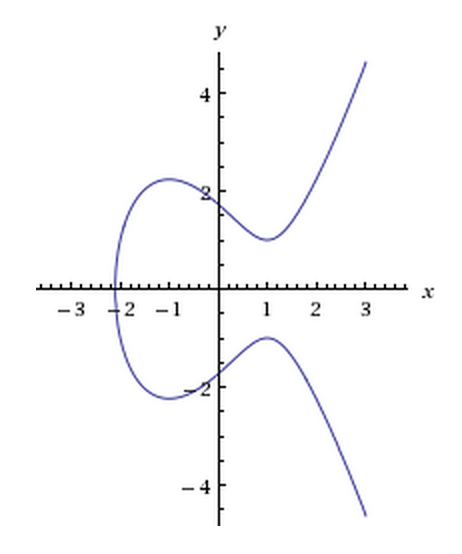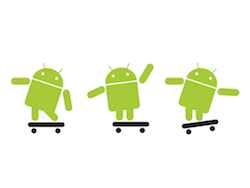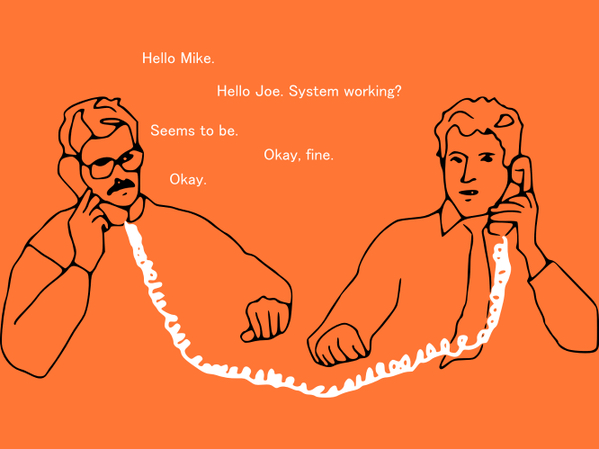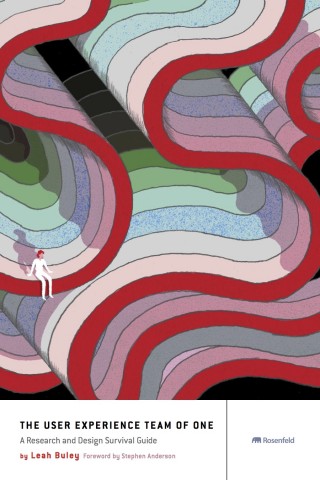Content Delivery in P2P networks

Scalability is a hot topic, especially in Content Delivery Networks (CDN) where scalability, robustness and availability are crucial. A CDN is a system that has the aim to deliver Web content, such as videos, images, and any other type, to end users. Content providers such as media companies need to deliver their content with high availability and high performance, and CDNs offer them the infrastructure to do it. There are different approaches, each one with its advantages and flaws.








